Before Christopher: celebrating Roberto Menichetti's unsung Burberry era
Menichetti's term at Burberry is often overshadowed by his successors', but the designer who launched the brand's runway (and real fashion cachet with it) deserves his own recognition.

Until quite recently, I knew very little about the era that preceded Christopher Bailey’s lauded 17-year stint as Creative Director of Burberry. That, alone, might be unremarkable, but I did work at the brand for three years. The truth is, I think you’d be hard-pressed to find someone who started working at Burberry any time after the mid-2000s (or wasn’t deep in the archives) that knew much about Roberto Menichetti beyond his name. This is largely because Bailey - who came on as Design Director in 2001 - made such an epochal mark on the brand (and stayed for a tenure unheard of in today’s game of creative-director-musical-chairs) that he was bound to overshadow his predecessor.
Similarly, though their tenures have been shorter, Bailey’s successors Riccardo Tisci and current Chief Creative Officer Daniel Lee have cultivated a Burberry aesthetic recognisable by more than just a few fashion cognoscenti, though - of course - they have the benefit of recency. Menichetti’s term, from 1998-2001, on the other hand, has been somewhat unfairly lost to the annals of history. I say ‘unfairly’ because, despite his brief time at the brand, the Italian-American designer managed to jumpstart Burberry’s high fashion credentials and set the brand on its long (and winding) luxury elevation strategy, well before Bailey’s in-demand runway shows and blockbuster Emma Watson campaigns, the glossy modernism and celebrity associations of the Tisci era1, or the re-focus on heritage and eye-watering prices under Lee.
To understand the role Menichetti played in Burberry’s trajectory, it’s worth considering where the brand was when he entered. By the late 1990s, Burberry was well-known to the general public as a ‘label’, but not a particularly fashion-forward one. The brand generally maintained an image of prim - somewhat fussy - traditionalism, known for its heritage trench coats and signature gabardine fabric (a material developed by Thomas Burberry in the late 19th century for water-resistant outerwear). At the same time, it had begun to veer into mass-market blandness, having been extensively licensing its name and classic check pattern since the 1970s2. As Anne-Marie Schiro wrote for The New York Times in January 1999, the pre-Menichetti Burberry was “a moldering old British clothing company…known mainly for its plaid umbrellas and raincoat linings”.
Burberry’s leadership was aware of the brand’s image problem and its loss of ground to more exciting European luxury peers. Having appointed a new American CEO (Rose Marie Bravo) in 1997, it was determined to refresh the brand, gain fashion cachet, and appeal to a younger, global clientele. The next year, one of Bravo’s first - and shrewdest - moves was to bring in Menichetti, a New York-born designer who had been leading menswear at Jil Sander since the early ‘90s. As the first person to occupy such a formalised, public role as Creative Director, Menichetti’s brief was to reshape Burberry’s offering into something much more hip and avanguardia, aided by a new retail and merchandising team.
This ‘fashion-ification’ effort bore fruits in under a year. Spring-Summer 1999 was Menichetti’s debut collection, revealed in the brand’s showroom in September 1998. Anne-Marie Schiro (who had remarked on the “moldering” image of the brand in years prior), praised its “motorcycle jackets and trench coats in buttery soft leather, jersey T-shirts and hip-slung skirts that bare the midriff, motocross pants of stretch canvas with insets of leather, ankle-length kilts without pleats, and plaid dresses of Irish linen loomed on antique machines”. The collection - which also marked the launch of the Prorsum line - was met with very positive reviews; Schiro herself observed that it “took the fashion world by storm”.
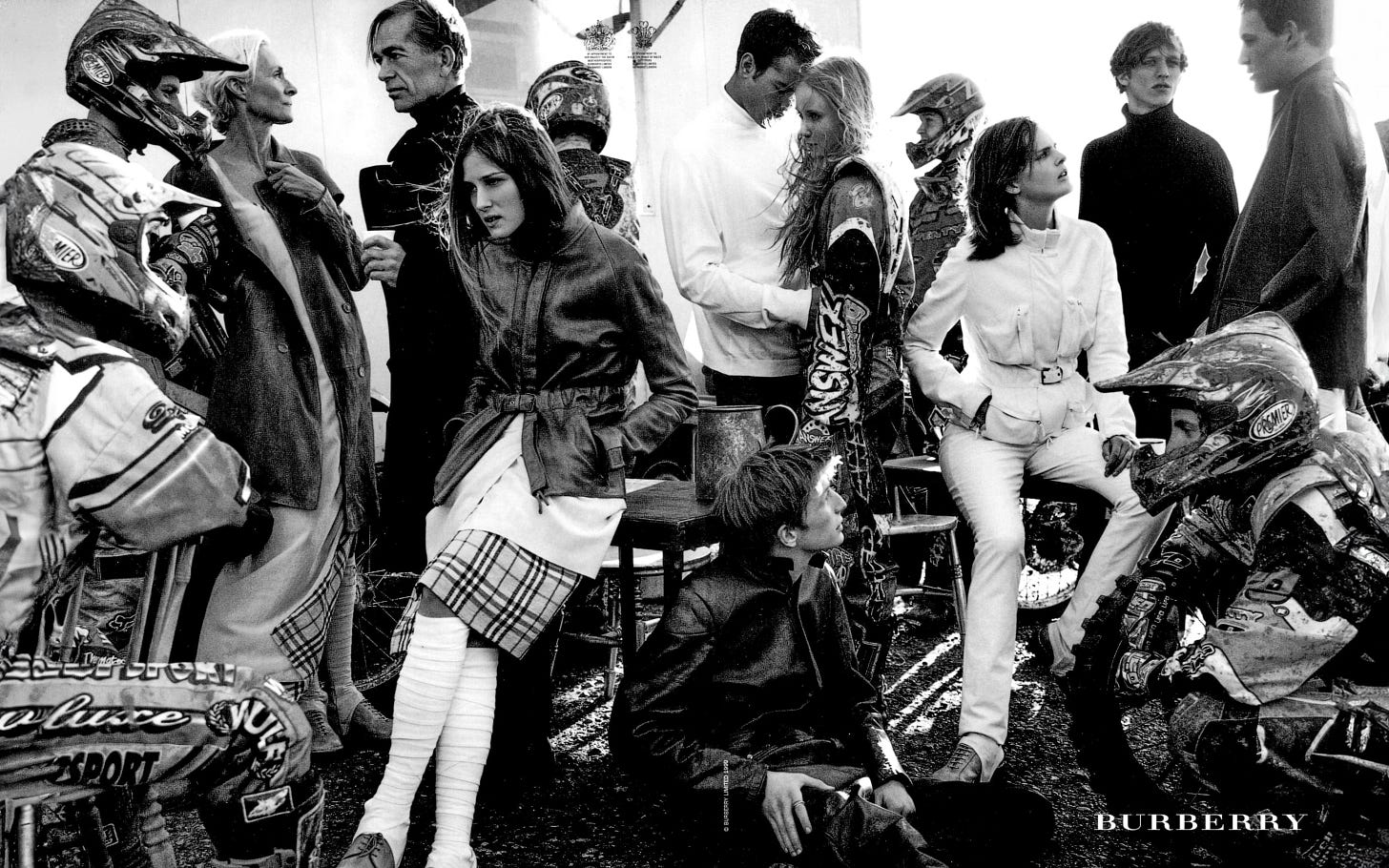
But it was Menichetti’s second collection (Autumn-Winter 1999) that marked Burberry’s first ever high-end runway, and fully showcased his new design vision for the brand. Classic styles like the trench were reworked with a more minimalist aesthetic and functional details. Traditional fabrics and knits appeared in new, pared-down silhouettes or with updated hardware, aligning with late-‘90s ‘technical-chic’ trends. Shorter jackets also combined Burberry’s outdoorsy heritage with a sportier, younger sensibility, reflecting Menichetti’s interest in performance-wear (and a nod to his background at Jil Sander). The palette leaned on militaristic neutrals (beige, khaki, olive, charcoal, black) but incorporated subtle injections of color or metallic accents. The styling often juxtaposed traditional tweeds and checks with modern detailing (double zippers, high-tech linings, contrasting pockets).
A big fan of Martin Margiela’s 1997-2003 term at Hermes, which introduced a similarly sleek design lexicon to the heritage French house, I’d had little idea that Burberry had ever made clothes like this. But last year, I found a beige technical jacket from the AW99 collection in a vintage store (FILES) in East London, and began to research Menichetti myself. The jacket stood out for its chic colour and racer-style stand collar, but also the practicality of its technical details (there’s front and back pockets, velcro pulls to tighten the waist, and a handy double zip). Like others in the collection, it’s made from a heavy cotton, drawing on Burberry’s long gabardine tradition. Safe to say, I bought it and it’s quickly become a favourite.

Menichetti’s innovative product revamp was also supported by a significant marketing drive and rebrand. For ~30 years from 1968, the company had been represented as ‘Burberrys’, with a homely logo featuring the rather traditional phrasing ‘of London’ beneath, which you might recognise if you’ve ever looked for a trench coat in second-hand store. In 1999, under Menichetti and Bravo, the brand became just ‘Burberry’, sporting a new, all-caps serif logo, and just ‘London’ beneath it. This more refined, well-spaced look remained in use until 2018 (when all luxury brands started to flatten their logos into san-serif indistinguishability).
To cement its fashion-forward rebrand at this time, Burberry also invested in big-budget, black-and-white campaigns, shot by Mario Testino and featuring a slew of British models-of-the-moment like Stella Tennant, Naomi Campbell and Kate Moss. These photographs are worthy of any moodboard, and deftly combine visual references to Burberry’s heritage (whether through the check, inclusion of older models, or references to classic English sporting codes) with a distinctly modern, ‘Cool Britannia’ point of view. The images, most notably one of Moss in a check bikini from the SS 2000 campaign, quickly became iconic.
By 2000, Burberry and its check had become pop culture staples, with celebrities of the time - from Meg Mathews to Victoria Beckham to Jarvis Cocker - regularly spotted wearing the brand in the press (though not always Menichetti’s more refined styles). In October of that year, The Guardian called the relaunch “a textbook lesson in how to [revamp] a brand”3, seeing it go in just three years from “outdated raincoats with dull plaid linings that were a firm favourite with middle class Home Counties ladies and middle-aged City gents” to “the hottest of high fashion… and a must-have in the wardrobes of rock stars and royalty”.
In fact, Menichetti and Bravo’s revitalisation strategy was so successful that the label’s then-parent company Great Universal Stores reported +38% sales for Burberry between 1999 and 2000. Subsequently, the brand began to significantly expand its retail footprint and operations, opening a new, high-profile store in New Bond Street. It was even able to take part of the company public for the first time in July 2002, floating a portion of shares on the London Stock Exchange (before going fully public by 2006).
Menichetti left the British house in late 2001, riding out on the high of “Burberry mania’” (as it was dubbed by The Economist that year) and off to briefly take the creative helm at Cerruti, before starting his own label. Though Burberry was not immune to branding challenges after this (mostly fomented by the immense popularity of the check and its counterfeit variants)4, Menichetti evidently set up his heirs apparent for commercial success. He established an alchemical template of innovation on classic heritage codes, a renewed focus on outerwear, and campaigns that celebrated British icons in fresh ways. During my own time at Burberry, I was distinctly aware of how important the execution of a successful rebrand would be; in 2022, we could only hope to emulate the that of the Menichetti years. But I have faith in the brand’s future cool. After all, it’s got the legacy.
A whole roster of global celebrities were associated with Tisci and regularly wore his designs during his tenure as Chief Creative Officer, from Bella Hadid to Nicki Minaj.
Resulting in a wide range of retail outlets branding everything from cheap perfume to casual apparel with Burberry insignia, a strategy that drove revenue but risked diluting the brand’s image significantly.
The original copy said ‘ramp’, which obviously doesn’t make sense, and is an example of how The Guardian got such a bad reputation for typos in the late ‘90s that it was dubbed ‘The Grauniad’.
And Bailey grappled with the task of maintaining this popularity without risking the label’s image; let’s not forget how liberally the ‘chav check’ moniker was used by British tabloids from the mid 2000s in their demonisation of the working class.


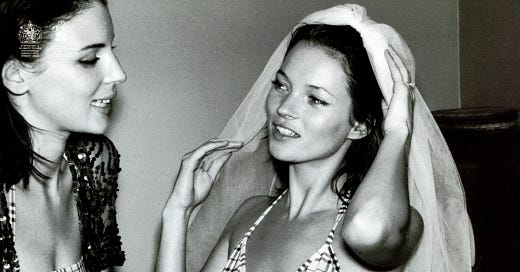


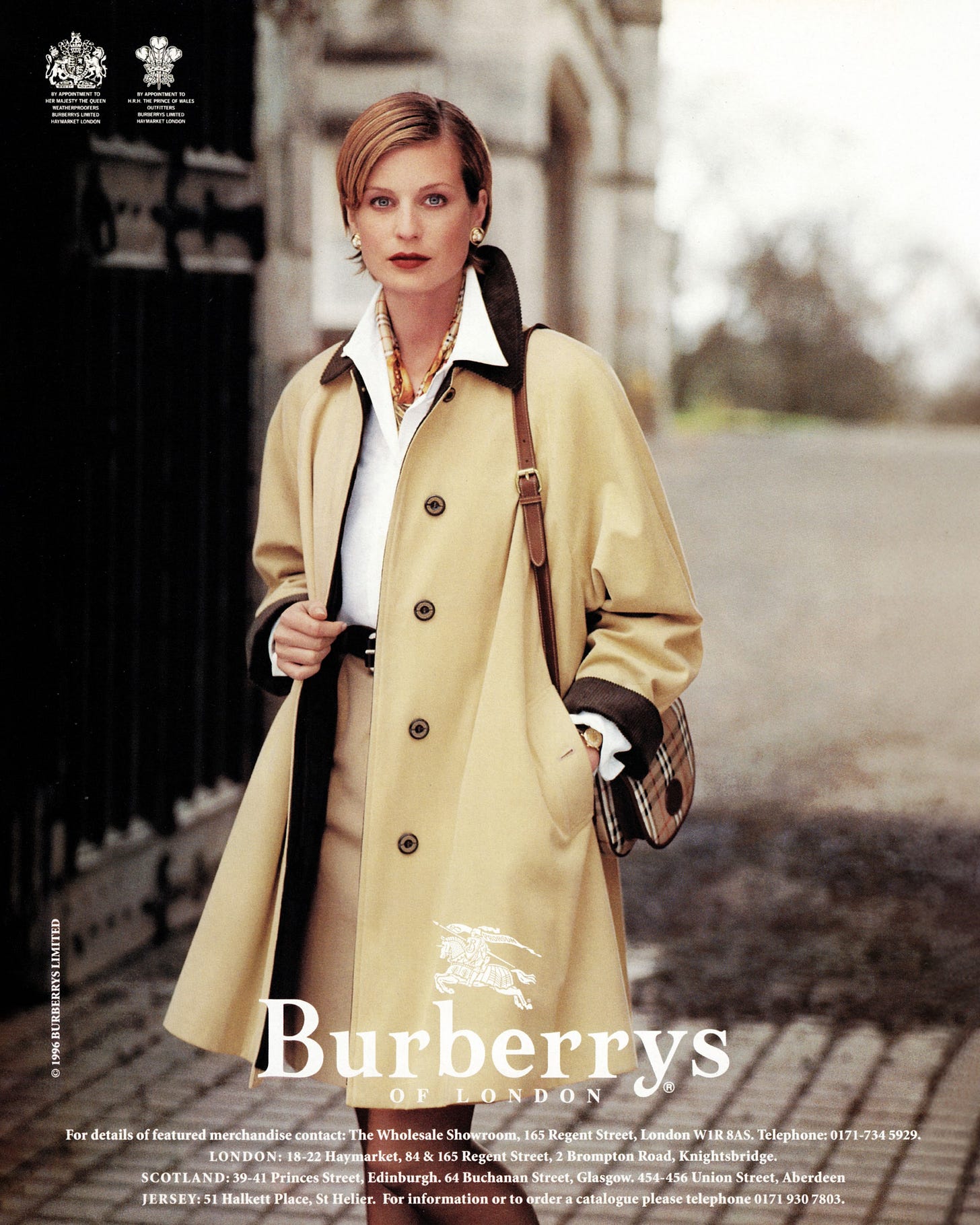
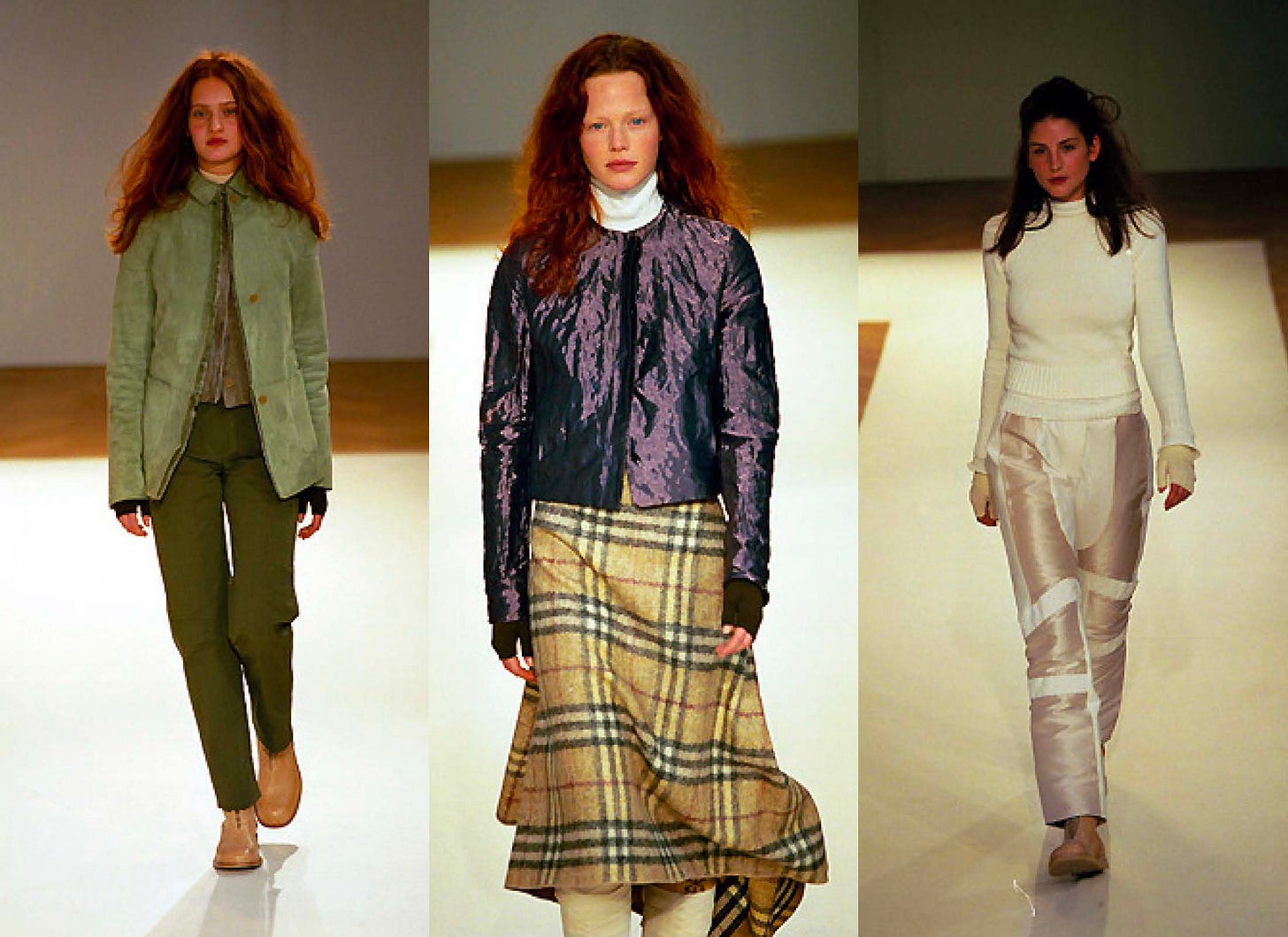


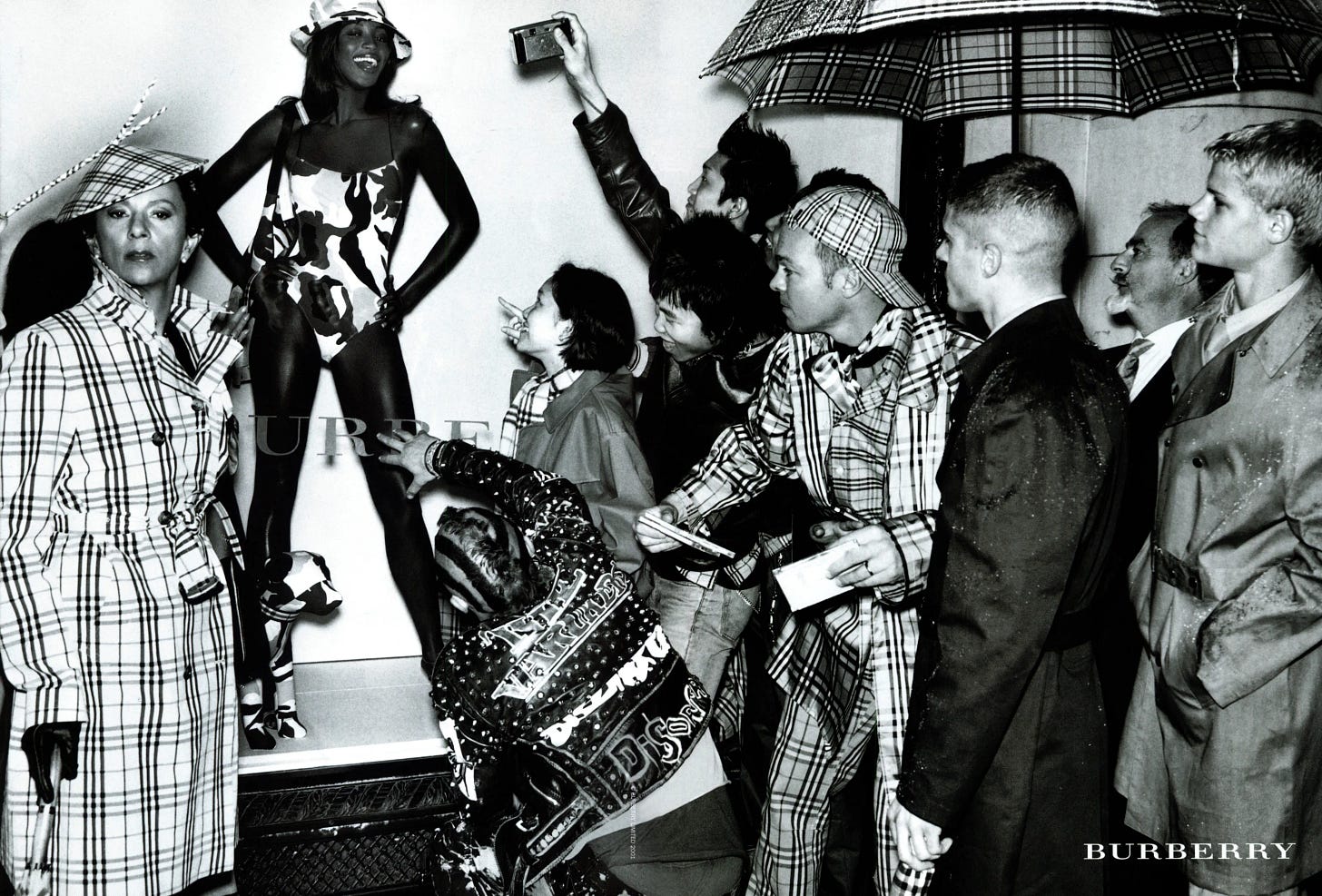
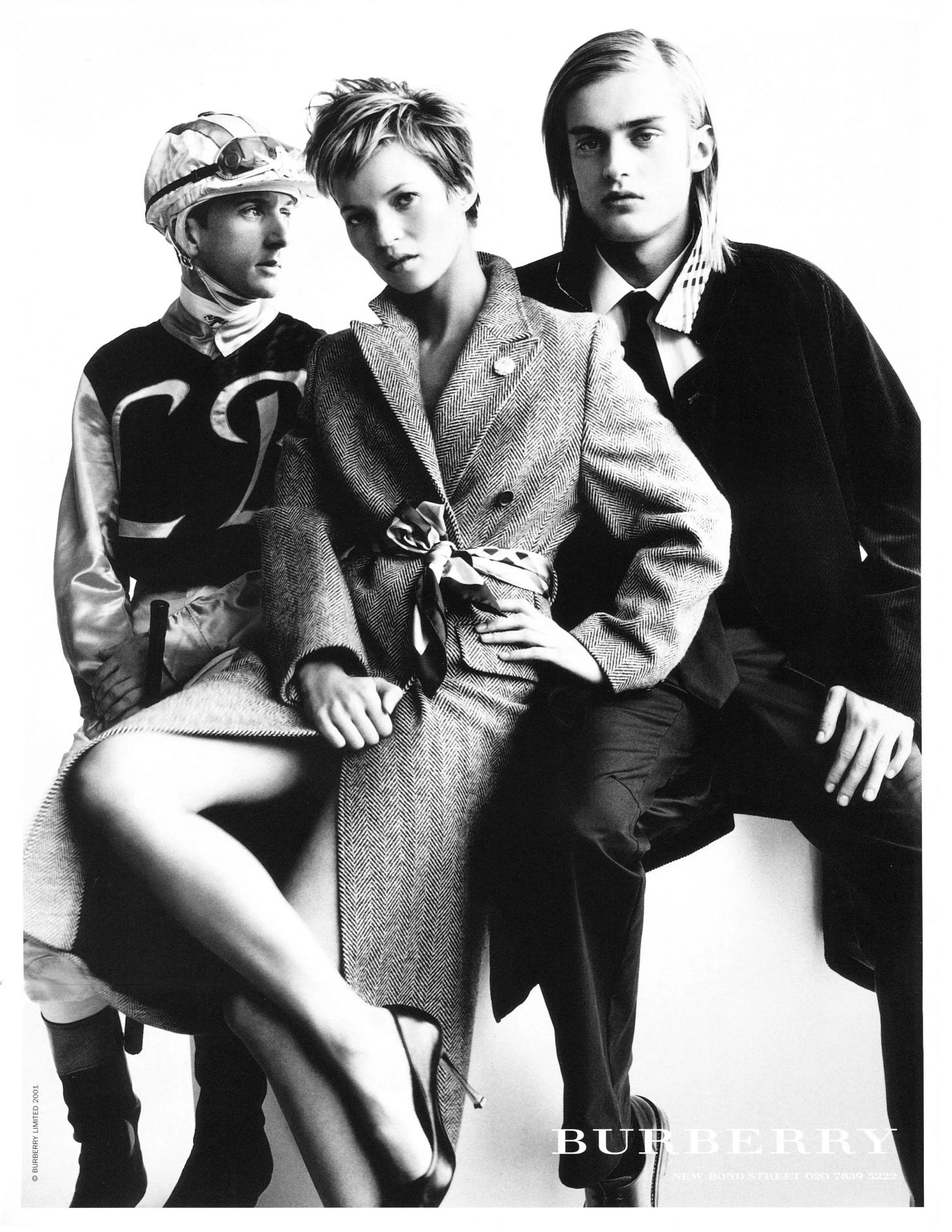

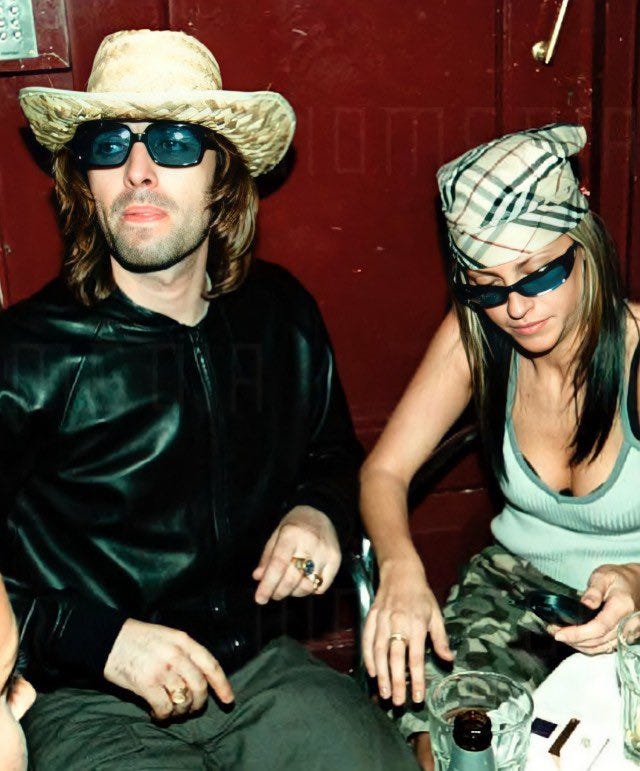
Such excellent writing. Found that so interesting to read - your knowledge and passion come across so well ❤️